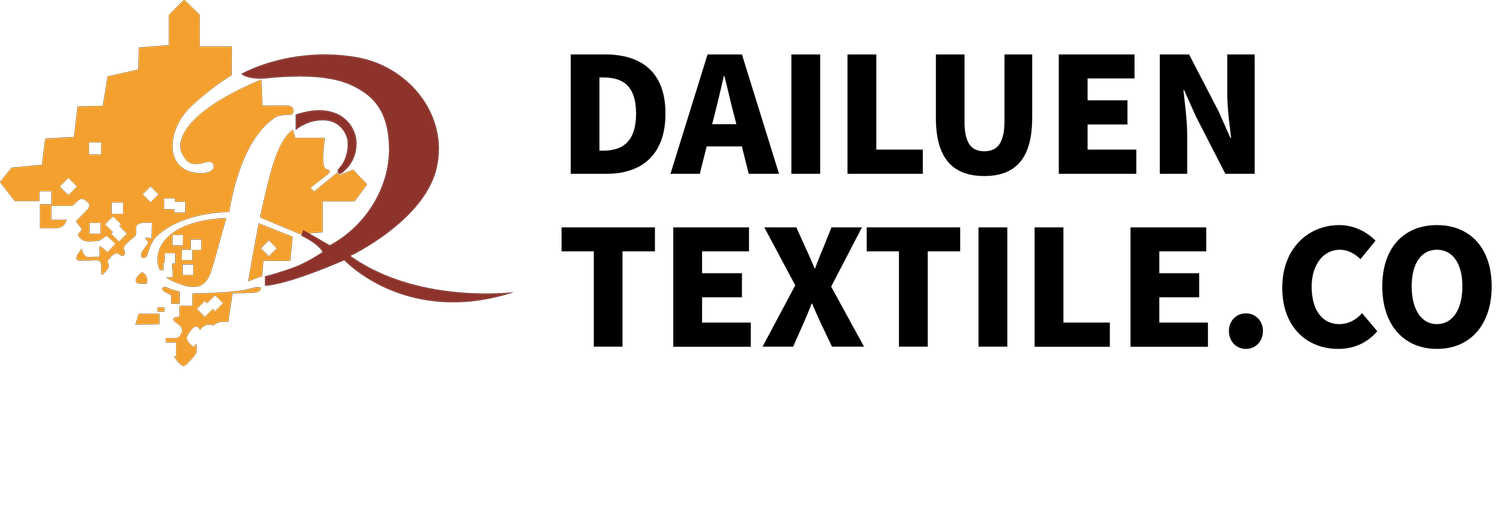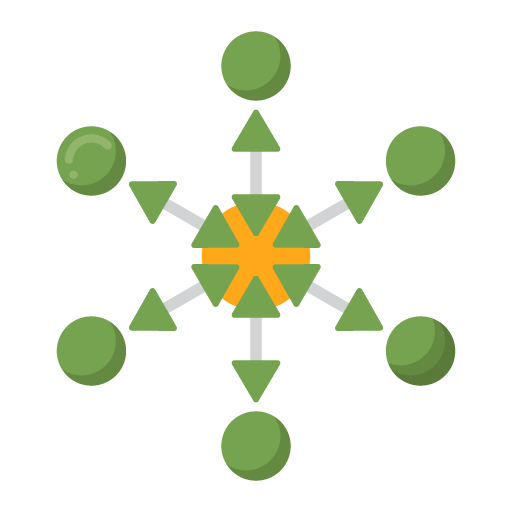
OUR SUSTAINABLE TECHNOLOGY
Dailuen believes that the sustainability of production process is as important as making top-notch quality products. Dailuen is working hard on advancing those technologies, aiming to be more environmental responsible and providing more “green” productions to its clients.
Better Environment, Better Life
-

Biodegradable Technology
Biodegradable technology can accelerate the degradation of nylon and polyester fabrics under certain conditions, breaking them down into water, carbon dioxide, organic matter, and other substances in the environment.
-

Circulation Regeneration Technology
Recycling, reusing, and regenerating waste to maximize resource utilization and reduce environmental pollution. Recycling technology requires smart management and close monitoring at every stage of manufacturing.
-

Solution Dyed Technology
No dyeing process is required. Colorants are added to the yarn during production. Precise color matching, no fading, no bleeding. Compared to traditional processes, the dyeing process without water reduces water consumption by 85%, chemical usage by 90%, and carbon emissions by 12%.
Degradable Technology
Biological Anaerobic Degradation
Nylon and polyester are both plastic polymer compounds that are not easily biodegradable. Degradable technology can accelerate the degradation of nylon and polyester fabrics under certain conditions, breaking them down into water, carbon dioxide, organic matter, and other substances in the environment.

Recycling Technology: Recycling, reusing, and regenerating waste to maximize resource utilization and reduce environmental pollution.
1 ton
of recycled PET yarn
equals
4.2 tons
reduces carbon dioxide emissions
=
0.0364 tons
conserves petroleum resources
=
6200 L
saves water
1 ton
of recycled nylon yarn
equals
8.2 tons
reduces carbon dioxide emissions
=
31000 kw·h
saves energy
=
11700 L
saves water
Traditional Piece Dye
Color is outside on the surface of the yarn filament.
Compared to traditional piece dye, the process of solution dye reduce:
85%
Water Resource Consumption
90%
Chenicals
12%
Carbon Emissions
Solution-Dye Technology
Solution Dye
Color is inside evenly dispersed throughout the entire yarn filament.


















